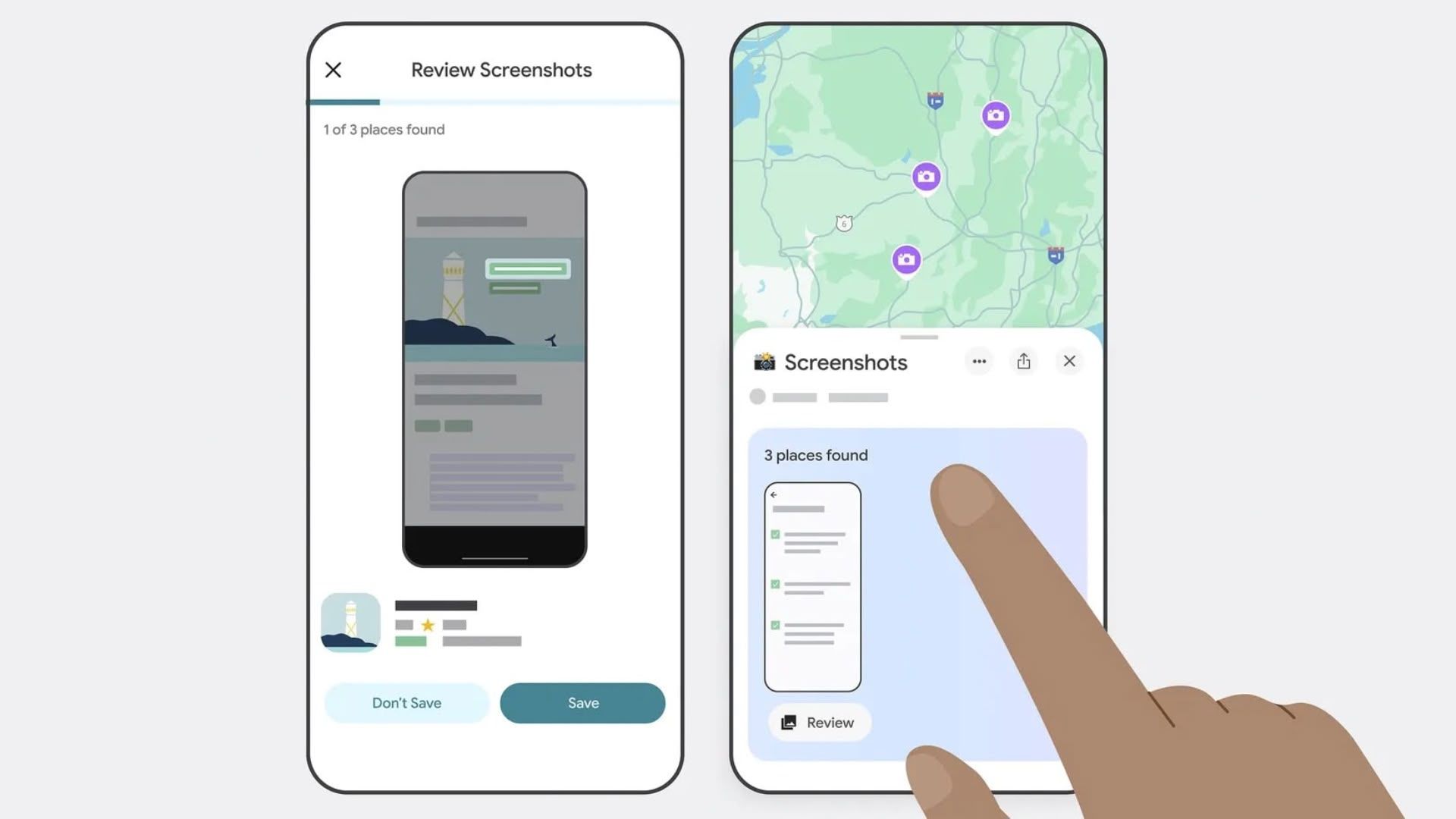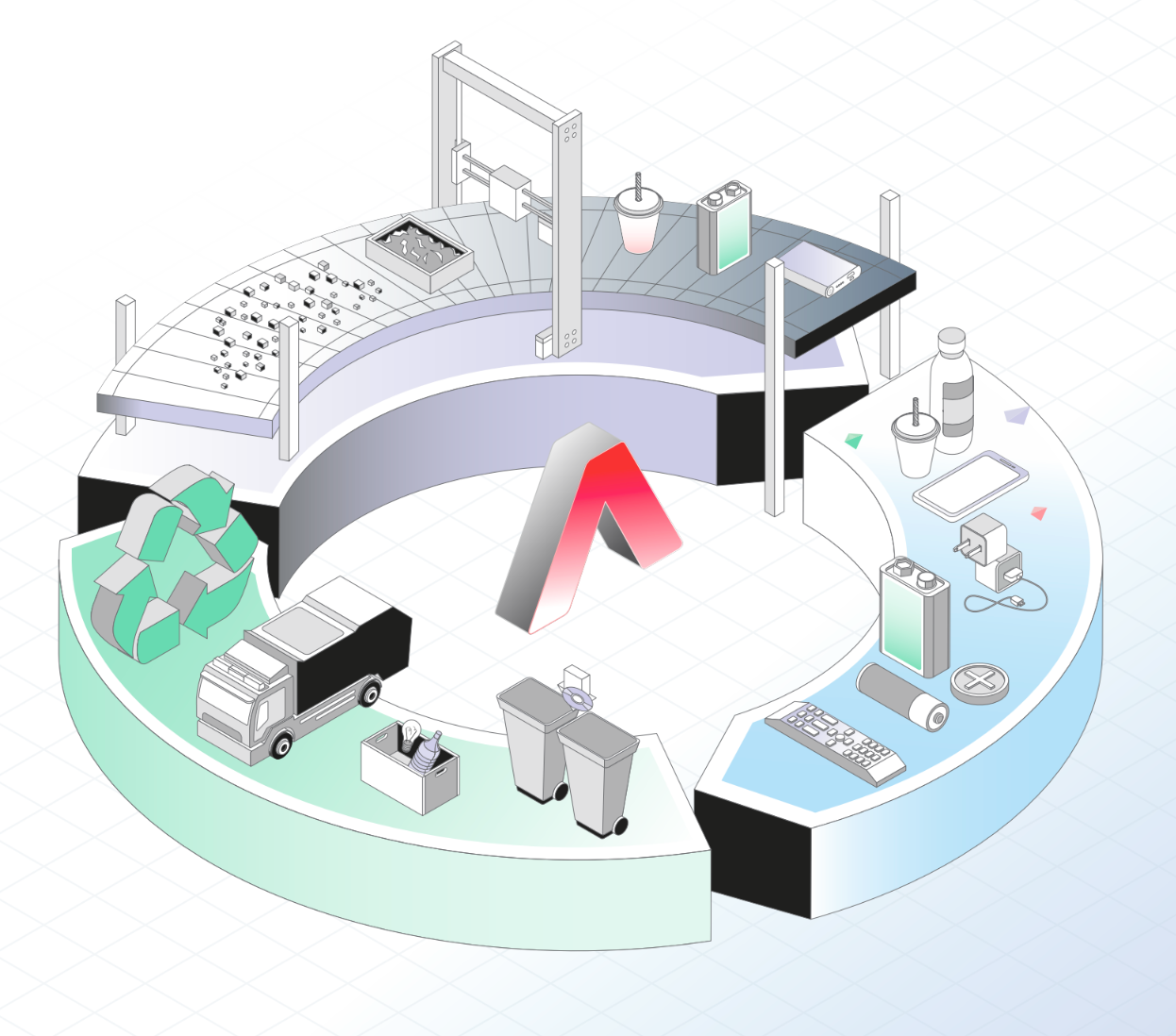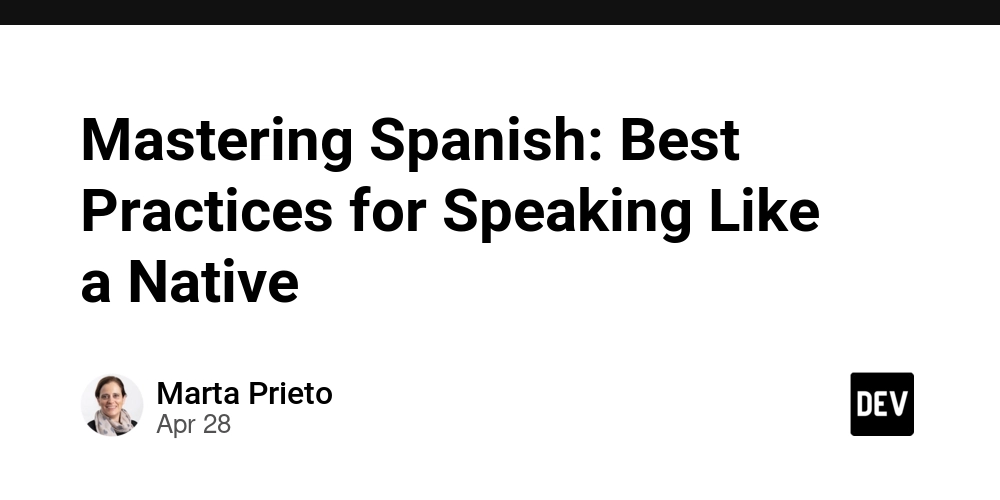Exploring Economic Models for Open Source Projects
Abstract: This post provides a comprehensive exploration of economic models fueling open source projects. We detail the historical context, core funding strategies—including donations, corporate sponsorship, dual licensing, service-based models, and emerging blockchain-based NFT funding—and practical use cases. The article also examines challenges such as financial inconsistencies, legal complexities, and technology adoption barriers while predicting future trends. By integrating insights from related resources like the Copyleft Licenses Ultimate Guide and Firefox Data Sharing Privacy, as well as emerging blockchain trends from News AI News Q1 2025, KI Trends Deutschland 2025 Q1 and Berita NFT Indonesia 2025 Q1, we offer a holistic view for developers, investors, and enthusiasts eager to understand sustainable solutions in open source monetization. Introduction Open source projects have redefined software development with transparency, collaboration, and innovation. As projects grow in scale and impact, sustainable funding and economic models have become critical. In today’s era—where blockchain, artificial intelligence, and NFTs shape technological trends—understanding these economic models is essential for anyone involved in open source ecosystems. This post builds on insights from the article Exploring Economic Models for Open Source Projects by diving deeper into historical contexts, current funding strategies, technical challenges, and future innovations. We'll explore how traditional methods like donations and corporate sponsorship coexist with innovative approaches such as blockchain tokenization and dual licensing, ensuring a sustainable future for open source software. Background and Context The Rise of Open Source Open source software (OSS) emerged from the free software movement of the 1980s. It champions principles of access, collaboration, and community-led development. Initially driven by volunteer spirit and shared passion, open source projects historically faced challenges in securing sustainable revenue streams. Early funding models were basic, relying mostly on donations, but the increasing dependency of commercial entities on OSS led to the introduction of more robust economic strategies. Defining Key Terms Open Source Software (OSS): Software whose source code is freely available for modification, distribution, and study. Economic Models: Strategies that ensure the sustainability, growth, and continuous innovation of open source projects. Dual Licensing: A model providing free access under one license and commercial benefits under a proprietary license. Blockchain Funding: The use of decentralized blockchain technology to raise funds and certify contributions, often including NFT mechanisms. Ecosystem Context Economic models in OSS are shaped by various factors: Global Trends: With giants like Mozilla and Linux Foundation adopting OSS, partnerships have evolved into long-term sponsorships. Regulatory Policies: Open source licensing must comply with international, local, and emerging blockchain regulations. Technological Advancements: Technologies like AI and blockchain form new pathways, enabling decentralized governance and blockchain-based funding. Open source projects now leverage a mix of donation, sponsorship, dual licensing, service models, and new blockchain-based methods to maintain operational continuity and foster innovation. Core Concepts and Features Economic models in the open source domain include diverse strategies. Here we detail key approaches with their essential features and overlaps. 1. Donation and Crowdfunding Models Key Features: Community Driven: Platforms such as Patreon, OpenCollective, and GitHub Sponsors empower passionate users to donate regularly. Transparency: Donation amounts are visible, lending credibility to the project. Revenue Variability: Funding levels can fluctuate based on community sentiment and market dynamics. Advantages: Encourages micro-donations and grassroots support. Maintains the open ethos by keeping the project freely accessible. Limitations: Inconsistent and variable income streams. Heavy reliance on continuous community engagement. 2. Corporate Sponsorships and Partnerships Key Features: Stable Income: Corporations like IBM, Google, and Intel sponsor major projects such as the Linux kernel. Mutual Benefit: Sponsors gain access to robust, open-source software that supports their business. Potential Influence: Sponsorship could sway project decisions if corporate interests dominate. Advantages: Provides a steady stream of funding. Brings professional expertise and resources. Limitations: Can lead to bias in project direction. Overdependence on a few large sponsors increases vulnerability. 3. Dual Licensing Key Features: Dual Offerings: Projects offer a free com
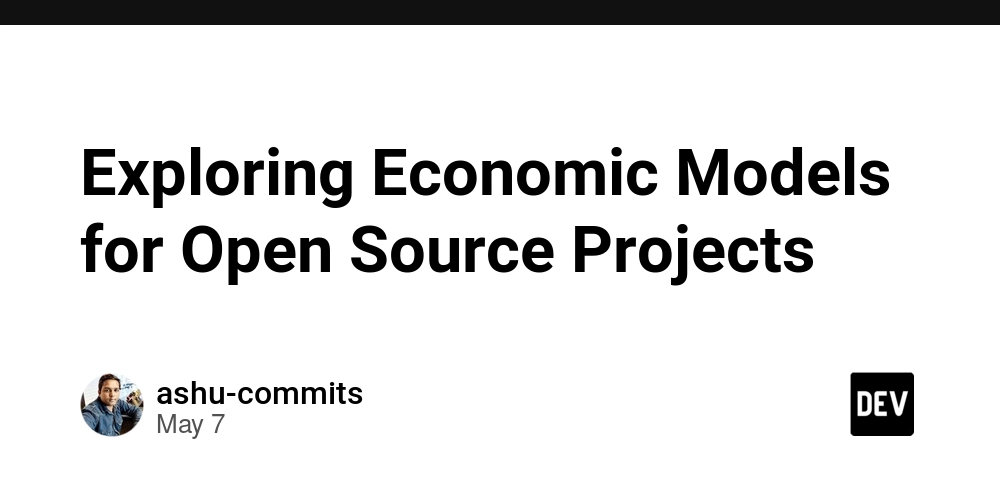
Abstract:
This post provides a comprehensive exploration of economic models fueling open source projects. We detail the historical context, core funding strategies—including donations, corporate sponsorship, dual licensing, service-based models, and emerging blockchain-based NFT funding—and practical use cases. The article also examines challenges such as financial inconsistencies, legal complexities, and technology adoption barriers while predicting future trends. By integrating insights from related resources like the Copyleft Licenses Ultimate Guide and Firefox Data Sharing Privacy, as well as emerging blockchain trends from News AI News Q1 2025, KI Trends Deutschland 2025 Q1 and Berita NFT Indonesia 2025 Q1, we offer a holistic view for developers, investors, and enthusiasts eager to understand sustainable solutions in open source monetization.
Introduction
Open source projects have redefined software development with transparency, collaboration, and innovation. As projects grow in scale and impact, sustainable funding and economic models have become critical. In today’s era—where blockchain, artificial intelligence, and NFTs shape technological trends—understanding these economic models is essential for anyone involved in open source ecosystems.
This post builds on insights from the article Exploring Economic Models for Open Source Projects by diving deeper into historical contexts, current funding strategies, technical challenges, and future innovations. We'll explore how traditional methods like donations and corporate sponsorship coexist with innovative approaches such as blockchain tokenization and dual licensing, ensuring a sustainable future for open source software.
Background and Context
The Rise of Open Source
Open source software (OSS) emerged from the free software movement of the 1980s. It champions principles of access, collaboration, and community-led development. Initially driven by volunteer spirit and shared passion, open source projects historically faced challenges in securing sustainable revenue streams. Early funding models were basic, relying mostly on donations, but the increasing dependency of commercial entities on OSS led to the introduction of more robust economic strategies.
Defining Key Terms
- Open Source Software (OSS): Software whose source code is freely available for modification, distribution, and study.
- Economic Models: Strategies that ensure the sustainability, growth, and continuous innovation of open source projects.
- Dual Licensing: A model providing free access under one license and commercial benefits under a proprietary license.
- Blockchain Funding: The use of decentralized blockchain technology to raise funds and certify contributions, often including NFT mechanisms.
Ecosystem Context
Economic models in OSS are shaped by various factors:
- Global Trends: With giants like Mozilla and Linux Foundation adopting OSS, partnerships have evolved into long-term sponsorships.
- Regulatory Policies: Open source licensing must comply with international, local, and emerging blockchain regulations.
- Technological Advancements: Technologies like AI and blockchain form new pathways, enabling decentralized governance and blockchain-based funding.
Open source projects now leverage a mix of donation, sponsorship, dual licensing, service models, and new blockchain-based methods to maintain operational continuity and foster innovation.
Core Concepts and Features
Economic models in the open source domain include diverse strategies. Here we detail key approaches with their essential features and overlaps.
1. Donation and Crowdfunding Models
Key Features:
- Community Driven: Platforms such as Patreon, OpenCollective, and GitHub Sponsors empower passionate users to donate regularly.
- Transparency: Donation amounts are visible, lending credibility to the project.
- Revenue Variability: Funding levels can fluctuate based on community sentiment and market dynamics.
Advantages:
- Encourages micro-donations and grassroots support.
- Maintains the open ethos by keeping the project freely accessible.
Limitations:
- Inconsistent and variable income streams.
- Heavy reliance on continuous community engagement.
2. Corporate Sponsorships and Partnerships
Key Features:
- Stable Income: Corporations like IBM, Google, and Intel sponsor major projects such as the Linux kernel.
- Mutual Benefit: Sponsors gain access to robust, open-source software that supports their business.
- Potential Influence: Sponsorship could sway project decisions if corporate interests dominate.
Advantages:
- Provides a steady stream of funding.
- Brings professional expertise and resources.
Limitations:
- Can lead to bias in project direction.
- Overdependence on a few large sponsors increases vulnerability.
3. Dual Licensing
Key Features:
- Dual Offerings: Projects offer a free community version alongside a commercially licensed version with premium features.
- Legal Complexity: Striking a balance between open source principles and commercial needs requires meticulous documentation and legal compliance.
Advantages:
- Balances broad adoption with revenue from commercial users.
- Provides dedicated commercial support.
Limitations:
- Managing two licenses raises compliance challenges.
- Complex legal frameworks may deter smaller teams.
4. Service-Based and Product Models
Key Features:
- Revenue from Services: Involves consulting, support, custom development, training, and premium plugins.
- Product Extensions: Cloud hosting and additional enterprise-grade functionalities can be offered for a fee.
Advantages:
- Recurring income stream.
- Enhances user satisfaction through professional services.
Limitations:
- Requires robust infrastructure and market demand.
- Business complexity increases with service offerings.
5. Blockchain and NFT-Driven Funding
Key Features:
- Decentralized Funding: Blockchain introduces transparency and community tokenization as part of funding strategies.
- NFT Incentives: Contributors receive digital collectibles or tokens that enhance community loyalty.
- Enhanced Security: Immutable blockchain ledgers ensure secure transactions.
Advantages:
- Opens new revenue channels amidst emerging technologies.
- Improves trust via secure, transparent funding records.
Limitations:
- Faces regulatory uncertainties.
- Implementing blockchain solutions requires significant technical expertise.
Comparison Table
| Model | Revenue Source | Primary Benefits | Notable Limitations |
|---|---|---|---|
| Donation/Crowdfunding | Voluntary contributions | Community involvement, transparency | Variable income, inconsistent funding |
| Corporate Sponsorship | Sponsorships, recurring funds | Stable revenue, enhanced reputation | Potential biases, dependency on sponsors |
| Dual Licensing | Commercial license fees | Balances open and proprietary access | Legal complexities, strict compliance |
| Service/Product Models | Services, consulting, premium add-ons | Recurring revenue, scalable growth | High operational cost, market dependency |
| Blockchain/NFT Funding | Token sales, NFT monetization | Innovative revenue, transparency, security | Regulatory risks, technical challenges |
Applications and Use Cases
Let’s explore practical examples that demonstrate how different funding models work in various contexts.
Case Study 1: Donation-Driven OSS Projects
Example: Smaller libraries and developer tools often thrive on donation-based funding.
- Mechanism: Platforms like GitHub Sponsors and OpenCollective enable global micro-donations.
- Use Case: A cybersecurity module maintained over several years with community donations that provide consistent, albeit modest, income.
- Outcome: Steady incremental development and enhanced reliability without commercialization pressures.
Case Study 2: Corporate Sponsorship in Enterprise Software
Example: Projects like the Linux kernel and Red Hat Enterprise Linux utilize a combination of corporate sponsorship and service-based models.
- Mechanism: Large companies fund dedicated teams that maintain and enhance the software.
- Use Case: Corporations benefit from a stable OSS foundation with enterprise-grade support while contributing to innovative development.
- Outcome: Sustained innovation through aligned corporate interests and community commitment.
Case Study 3: Dual Licensing Enhanced by Blockchain Funding
Example: A project offering a free community version along with a premium enterprise solution leverages dual licensing, augmented with NFT-driven incentives.
- Mechanism: Enterprises pay for advanced features and dedicated support while community members can earn NFTs that represent a stake in the project.
- Use Case: This model allows startups to gain capital and reward contributors transparently.
- Outcome: Improved community loyalty and diversified revenue streams through decentralized funding, paving the way for sustainable growth.
Practical Tools and Platforms
Here are key platforms supporting these funding models:
- GitHub Sponsors: For continuous donor support.
- Patreon/OpenCollective: Crowdfunding platforms for grassroots funding.
- Red Hat/Automattic: Service and product-based revenue examples.
- Blockchain Platforms: Emerging tools integrating NFT tokenization.
- Dual Licensing Frameworks: Ensuring legal clarity and balanced monetization.
For additional insights about funding practices, see related posts on Dev.to.
Challenges and Limitations
Although these models offer innovative funding avenues, they also introduce several issues.
Financial Inconsistencies
- Variable Income: Donation and crowdfunding models depend largely on community spirit.
- Seasonal Fluctuations: Economic downturns or shifts in community engagement can reduce contributions.
- Sponsor Dependency: Overreliance on a few sponsors may compromise the project’s independence.
Legal and Regulatory Complexities
- Dual Licensing Dilemmas: Managing two licensing systems is legally demanding.
- Compliance: Adhering to strict licensing standards—as outlined in the Copyleft Licenses Ultimate Guide—is critical.
- Blockchain Regulations: NFT and blockchain funding face evolving regulatory landscapes that may affect scalability.
Technological and Infrastructure Issues
- Blockchain Integration Risks: Implementing smart contracts and tokenization involves high technical demands and security challenges.
- Infrastructure Cost: Service-based models require robust IT infrastructure and dedicated support teams.
Governance and Community Challenges
- Fragmented Governance: Global, distributed communities may struggle with unified decision-making.
- Contribution Inequalities: Not every contributor gets fair compensation, which can disincentivize participation.
- Balancing Commercial and Open Ideals: Heavy sponsorships or commercial incentives may conflict with the community-driven ethos of OSS.
Future Outlook and Innovations
The landscape for open source funding is evolving rapidly with new technological and regulatory changes.
Embracing Blockchain and NFTs
Blockchain technology is set to play an increasingly pivotal role:
- Decentralized Governance: Tokenization allows each participant a voice in the project, leading to transparent governance.
- NFT Monetization: NFTs can serve as both rewards and digital proof of contribution, as highlighted in discussions on Berita NFT Indonesia 2025 Q1.
- Security Enhancements: The immutable ledger ensures enhanced transparency and trust.
Integration with Artificial Intelligence
AI integration promises to optimize funding and operations:
- Crowdfunding Optimization: AI-driven algorithms can predict donation trends and identify potential large donors.
- Automated Governance: Machine learning can help balance technical debts, manage code contributions, and refine project priorities.
- Enhanced Marketing: As discussed in News AI News Q1 2025, AI is influencing how projects market themselves and attract funding organically.
Hybrid Models and Community-Driven Approaches
A convergent approach that combines multiple revenue streams is emerging:
- Blending Models: Integrating corporate sponsorship with donation-based funding and blockchain innovations offers risk diversification.
- Improved Community Engagement: Tools that reward contributors using both traditional monetization and NFT tokenization increase project visibility.
- Responsive Adaptation: Staying agile by constantly assessing market and regulatory shifts will be essential for growth.
Global Regulatory Trends
Changes in international policies and regional legislation can also affect OSS funding:
- Evolving Legal Frameworks: New copyright and licensing laws could redefine dual licensing and NFT integration.
- Government and Institutional Support: Enhanced policy backing for open source initiatives could create a more stable funding environment.
- Collaborative Ecosystems: Increased global cooperation among developers, investors, and regulators will pave the way for next-generation open source funding strategies.
For further reading on sustainable funding practices in open source projects, consider exploring discussions on Dev.to.
Summary
Open source projects are at the heart of modern software innovation and sustainability. With funding models evolving from grassroots donations to sophisticated hybrid strategies incorporating corporate sponsorships, dual licensing, service-based revenue, and emerging blockchain/NFT approaches, the ecosystem is undergoing a transformative shift. While challenges such as financial variability, legal complexities, and technological hurdles persist, the future promises a more integrated and community-driven architecture.
Key takeaways include:
- Community-Driven Models: Donations and crowdfunding continue to empower grassroots projects.
- Corporate and Dual Licensing Methods: These provide stability and commercial viability while maintaining open access.
- Blockchain Innovations: Decentralized funding through tokenization and NFT incentives heralds a new era of transparency and inclusion.
- Hybrid Approaches: Combining multiple funding sources helps mitigate risks and supports sustainable development.
As open source projects evolve, developers, investors, and contributors must remain adaptable and innovative. Transparent financial practices, adherence to established licensing guidelines (as detailed in the Copyleft Licenses Ultimate Guide), and strict attention to privacy—as emphasized in Firefox Data Sharing Privacy—will be vital for continued success.
For a rounded view of new funding possibilities, explore articles such as those on Dev.to which delve into licensing strategies and open source monetization.
Additional Resources
- Copyleft Licenses Ultimate Guide
- Firefox Data Sharing Privacy
- News AI News Q1 2025
- KI Trends Deutschland 2025 Q1
- Berita NFT Indonesia 2025 Q1
Bullet List of Related Keywords:
- Open source project funding
- Blockchain-based open source monetization
- Sustainable open source revenue models
- Dual licensing strategies
- Decentralized project funding
- NFT funding for open source
- Open source economic models
By embracing a blend of innovative funding models and ensuring transparent community collaboration, open source projects can continue to thrive in an ever-evolving digital landscape. The journey ahead is a fusion of technology, regulatory adaptation, and community commitment—a revolution that not only sustains software development but also democratizes the future of innovation.
This post provided an in-depth analysis on the evolution, implementation, and future outlook of economic models in open source projects, ensuring that both technical and non-technical stakeholders have the insights needed to navigate and contribute to this exciting ecosystem.









































































































































































![[The AI Show Episode 146]: Rise of “AI-First” Companies, AI Job Disruption, GPT-4o Update Gets Rolled Back, How Big Consulting Firms Use AI, and Meta AI App](https://www.marketingaiinstitute.com/hubfs/ep%20146%20cover.png)










































































































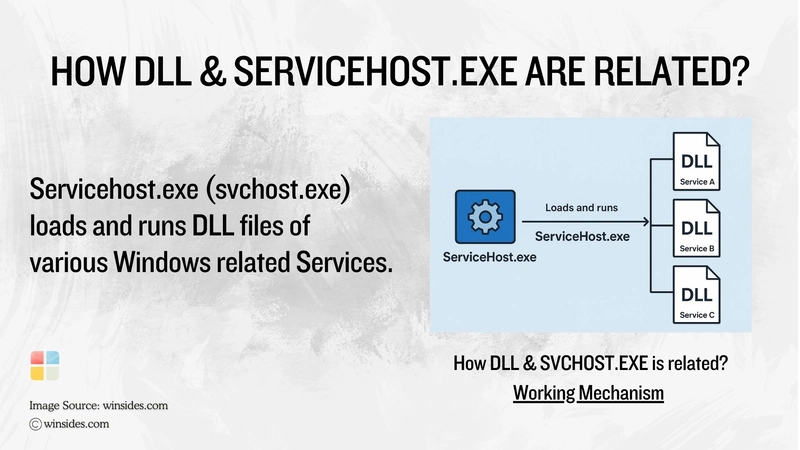
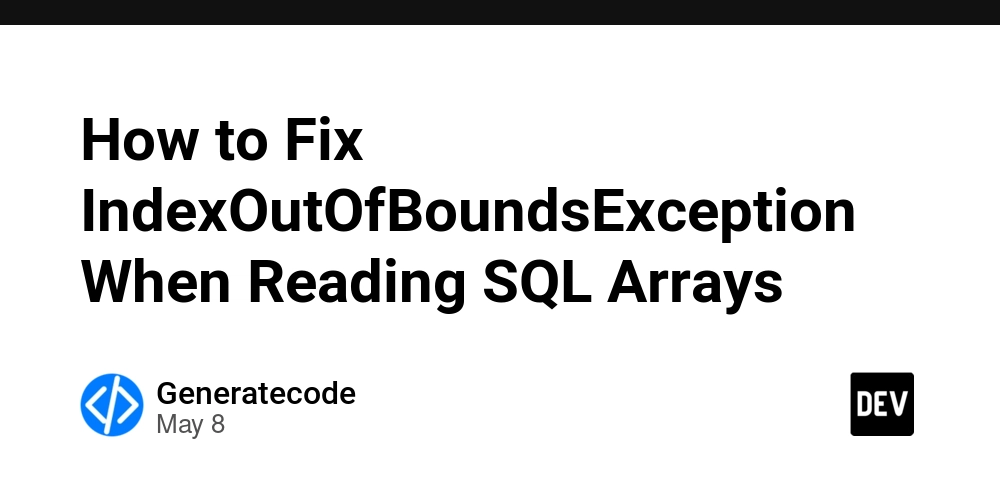













![[DEALS] The Premium Python Programming PCEP Certification Prep Bundle (67% off) & Other Deals Up To 98% Off – Offers End Soon!](https://www.javacodegeeks.com/wp-content/uploads/2012/12/jcg-logo.jpg)







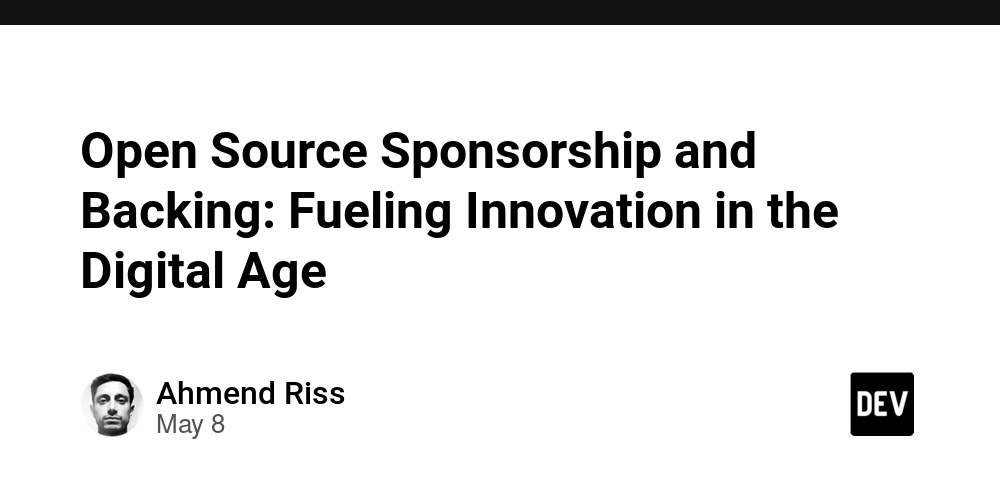









































































































































































































































![Honor 400 series officially launching on May 22 as design is revealed [Video]](https://i0.wp.com/9to5google.com/wp-content/uploads/sites/4/2025/05/honor-400-series-announcement-1.png?resize=1200%2C628&quality=82&strip=all&ssl=1)













![Beats Studio Pro Wireless Headphones Now Just $169.95 - Save 51%! [Deal]](https://www.iclarified.com/images/news/97258/97258/97258-640.jpg)












































